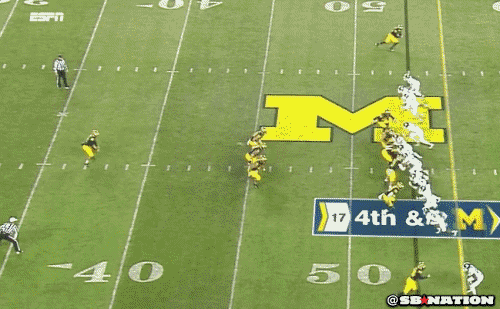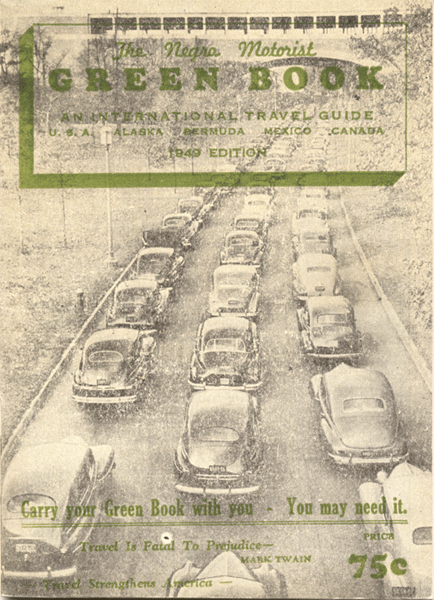Green Book
Thoughtfulness and ingenuity helped to keep black travelers. Not having the right to dine at any restaurant because of skin color relegated black travelers to packing lunch to ensure they could eat while on the road. Similarly, constantly being turned away from hotels meant black travelers had to find other accommodations for sleeping – often in their cars.
The Negro Motorist Green Book, later known as the Negro Travelers’ Green Book (Green Book for short) eliminated these inconveniences by listing businesses and organizations across the country (and eventually Bermuda, Mexico, and Canada) that were willing to welcome blacks into their establishments. This was incredibly valuable at the time because travel was dangerous for black families.
Jim Crow and other racially discriminatory policies restricted safe access to travel for many black families. The Green Book enjoyed a nearly three-decade run, remained in print from 1936 till the passage of the Civil Rights Act in 1964.
Click here to see the 1949 Green Book in its entirety.
Sadly, the guide was as popular as it was necessary. It sold 15,000 copies per edition. Later editions of the Green Book printed an introduction with the following optimistic message written by the Green Book creator and publisher, Mr. Victor Hugo Green:
There will be a day sometime in the near future when this guide will not have to be published. That is when we as a race will have equal opportunities and privileges in the United States. It will be a great day for us to suspend this publication for then we can go wherever we please, and without embarrassment.” – Victor Green
Victor Green created the Green Book as a means of making his frequent trip from Harlem, New York to Richmond, Virginia, less embarrassing. The fist edition only accounted for metro New York, but very soon it morphed into a secret map of black safety throughout the United States.

























